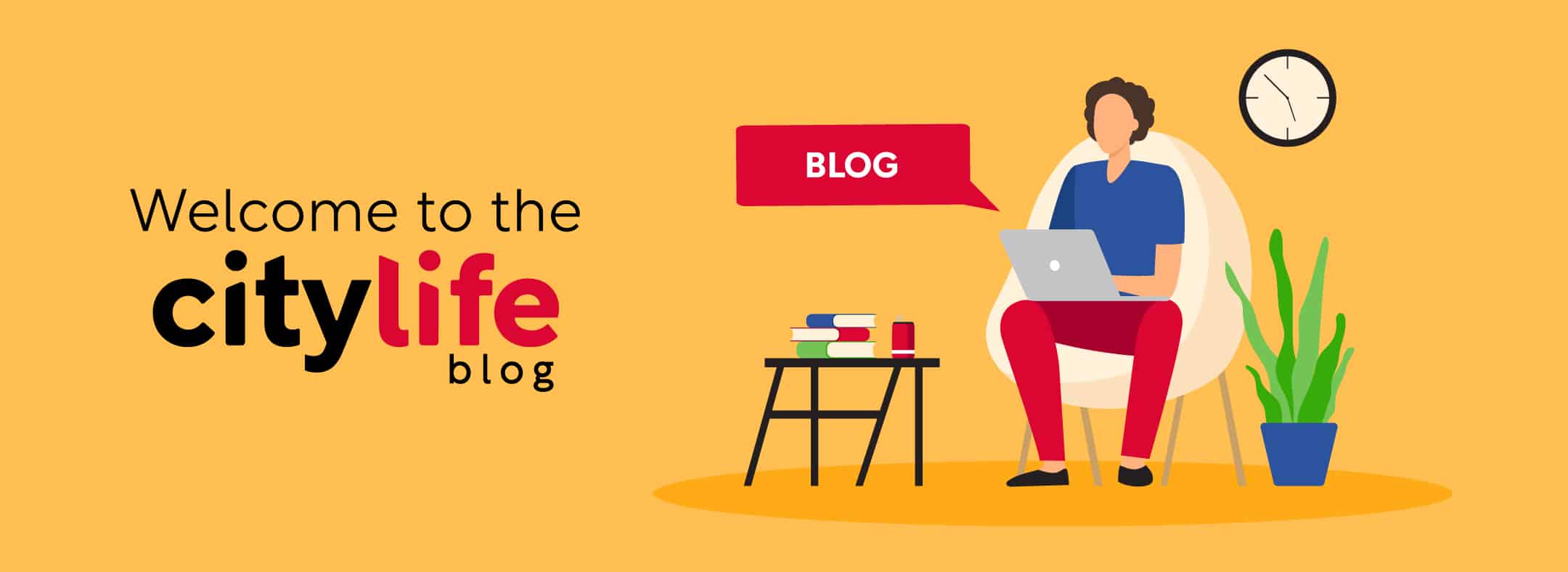Travelling to Madrid – Everything to Consider
If you’re planning a semester abroad, an internship, a work stint, or just a long-awaited adventure, travelling to Madrid is a choice you won’t regret. Spain’s vibrant capital is bursting…

If you’re planning a semester abroad, an internship, a work stint, or just a long-awaited adventure, travelling to Madrid is a choice you won’t regret. Spain’s vibrant capital is bursting…
As an international student or expat, it can be hard to make your room feel like home. Most rooms in Madrid are passed down from student to student faster than…
Moving to a new city like Madrid is the adventure of a lifetime. However, amongst the feelings of excitement and eagerness, it might also feel a little bit daunting. When…
Are you coming to Madrid to study, pursue a master’s degree, do an internship, or start a new chapter as a young professional? Then you’ve probably already asked yourself this…
If you’re kinda tired of walking, you should try doing it vertically- or as the experts call it: climbing! Rock climbing in Madrid is pretty popular, and the community of…
If you’ve just arrived in Madrid, finding the right supermarket in Spain can save you time, money, and unnecessary stress. Whether you’re looking for budget-friendly options, organic products, or international…
Either you have purchased something from outside the EU or you’re receiving some gifts from your family and friends. If the package hasn’t been sent properly or it simply doesn’t…
2025 marks the 20th anniversary of Madrid’s famous Pride festival! Pride is coming! July is just around the corner and with that comes Madrid’s most famous and anticipated week: Pride…
When people think of Spain they think of warm weather, a passionate language and rich culture. But those who know Spain, will also know that the Spanish love their cocktails….
Every traveller has experienced it. That moment when you’ve checked out of your accommodation (or are still waiting to check in) and you’re stuck dragging your luggage around everywhere you…